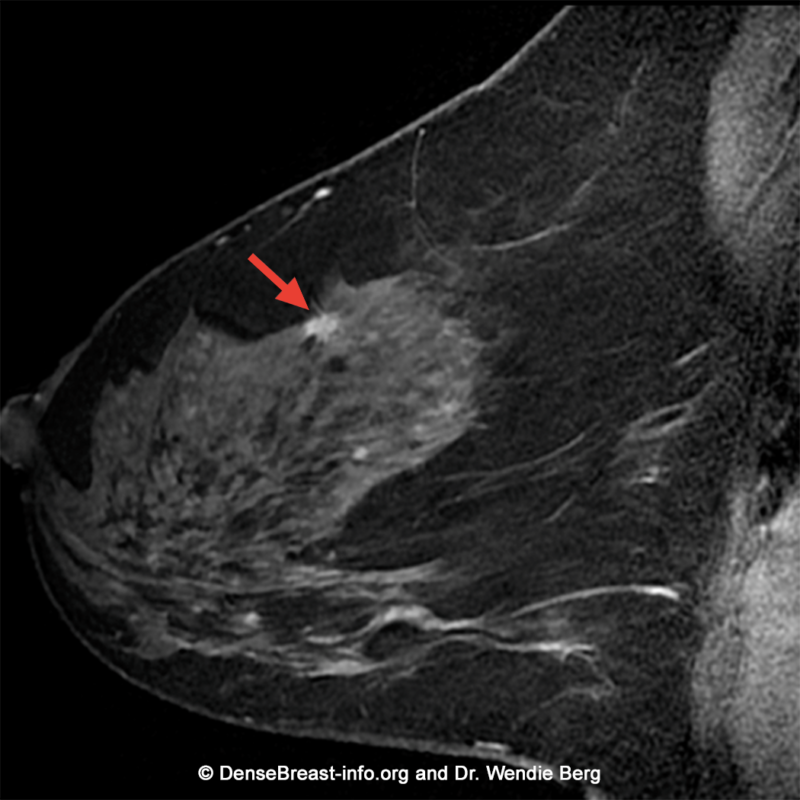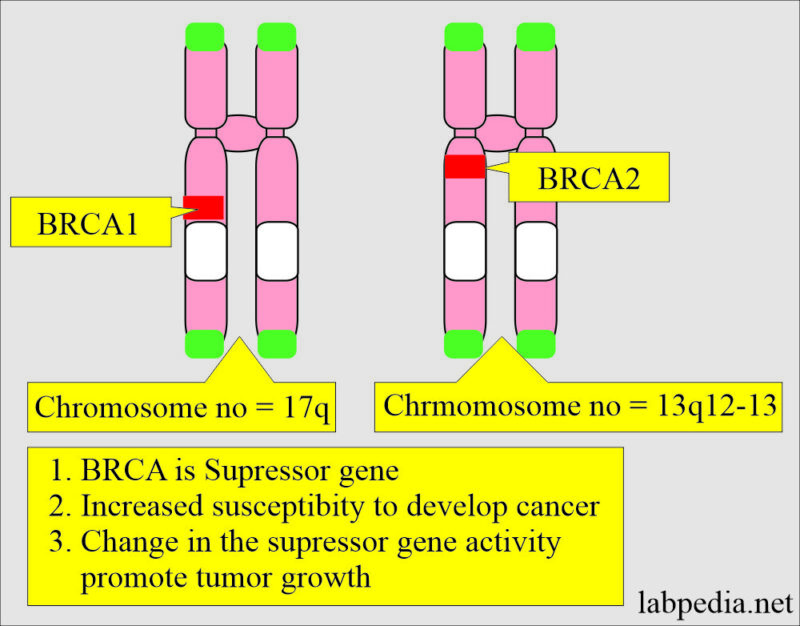Christina Applegate, born on November 25, 1971, is an acclaimed American actress best known for her role as Kelly Bundy on the hit sitcom Married… with Children. Over her three-decade career, she has received multiple awards, including an Emmy for her guest role on Friends and nominations for her performances in Samantha Who? and Dead to Me. In 2008, Applegate was diagnosed with breast cancer, leading to a double mastectomy. This pivotal moment not only shaped her personal life but also transformed her professional trajectory, as she became a prominent advocate for breast cancer awareness and research.
How Did Christina Applegate Get Diagnosed with Breast Cancer?
Christina Applegate’s journey to her breast cancer diagnosis began with a family history of the disease and proactive health measures. Her mother, Nancy Priddy, was diagnosed with breast cancer twice—once in her thirties and again in her fifties—prompting Applegate to start routine screenings at an early age. At 36, during a routine MRI ordered by her doctor, Applegate’s cancer was detected early, highlighting the critical role of regular mammograms and advanced imaging in identifying breast cancer at manageable stages.
Symptoms
During her medical evaluations, she did not initially notice any specific symptoms typically associated with breast cancer, such as lumps or unusual changes in her breasts. However, the MRI revealed cancer in her right breast.Genetic factors also played a significant role in Applegate’s diagnosis. After learning about her mother’s history, she underwent genetic testing and tested positive for the BRCA1 mutation, which significantly increases the risk of developing breast and ovarian cancers.

What Were Christina Applegate’s Initial Reactions to Her Diagnosis?
Christina Applegate’s emotional and psychological response to her breast cancer diagnosis in 2008 was profound and complex. Initially, she struggled to process the gravity of her situation. In interviews, she candidly reflected on her experience, stating, “I lost my mind… I still sometimes lose my mind six years later. You look down and you have a daily reminder of everything that you’ve gone through” After her diagnosis, Applegate felt compelled to maintain a façade of strength and positivity.
What was the Prognosis?
Early detection through routine screenings like MRIs can lead to more favorable outcomes in breast cancer treatment. According to the American Cancer Society, the 5-year relative survival rate for localized breast cancer is approximately 99%, highlighting how early-stage detection can dramatically improve prognosis. Following her diagnosis, genetic testing revealed that Applegate carried a BRCA1 mutation, which significantly increases the risk of developing both breast and ovarian cancers. Women with a BRCA1 mutation face up to an 87% lifetime risk of breast cancer and a 44% risk of ovarian cancer. This genetic predisposition played a crucial role in her decision-making regarding treatment options.
What Treatments Did Christina Applegate Undergo?
Christina Applegate underwent a double mastectomy in 2008 following her breast cancer diagnosis, significantly reducing her risk of recurrence due to her BRCA1 mutation. She opted not to pursue chemotherapy or radiation therapy, reflecting a choice made by some early-stage patients.
Double Mastectomy
The procedure typically includes:
- Removal of Breast Tissue: The surgeon removes all breast tissue, including the nipple and areola. Depending on the case, lymph nodes may also be removed.
- Types of Mastectomy: Applegate underwent a modified radical mastectomy, which is effective in reducing cancer recurrence and is often preferred for patients with a genetic predisposition.
- Reconstruction Options: Breast reconstruction can occur simultaneously or later, using implants or tissue from other body parts.
Genetic Testing and BRCA1 Gene
In Christina Applegate’s case, genetic testing played a pivotal role in shaping her decisions regarding cancer treatment after she was diagnosed with breast cancer. Her test results revealed that she carried a BRCA1 mutation, a genetic variation known to significantly increase the risk of developing breast and ovarian cancers. According to the National Cancer Institute (NCI), individuals with a BRCA1 mutation face up to an 87% lifetime risk of breast cancer and a 44% lifetime risk of ovarian cancer (NCI).
The BRCA1 gene is a tumor suppressor gene that normally helps repair damaged DNA, preventing uncontrolled cell growth. However, when this gene is mutated, its ability to repair DNA is compromised, leading to an increased risk of developing cancers, particularly in the breast and ovaries.
How Did Christina Applegate Overcome Breast Cancer?
Christina Applegate’s journey through recovery after her breast cancer diagnosis in 2008 was marked by significant physical, emotional, and mental challenges. Following her double mastectomy, she faced the physical implications of surgery, including pain, recovery time, and the emotional toll of losing her breasts. Applegate candidly expressed her struggles with body image and self-esteem, stating,
“I didn’t like my boobies. I still don’t like my boobies. It’s horrible. I don’t have nipples. It’s weird.”
Support from Family and Friends
During Christina Applegate’s breast cancer treatment and recovery, she received tremendous support from her family and friends. Her husband, Martyn LeNoble, was a significant source of emotional and physical support, often described by Applegate as her “rock.” Her mother, a breast cancer survivor, also played a crucial role, influencing Applegate’s proactive approach to screenings. Additionally, she found comfort in connecting with other young women facing similar challenges, referring to them as her “comrades in boobs.”The medical community was vital in her journey as well, particularly Dr. Philomena McAndrew, who guided her through treatment options.

Christina Applegate with husband
Mental and Emotional Challenges
Christina Applegate faced significant mental and emotional challenges during her recovery from breast cancer, including fears and anxiety about her diagnosis and future. After her double mastectomy in 2008, she experienced profound feelings of loss and struggled with body image issues, often expressing regret over how she initially portrayed her experience. In interviews, she admitted to feeling pressured to present a brave face, stating, “Everything I was saying was a freaking lie,” which contributed to her emotional turmoil.
How Did Advocacy and Public Awareness Help?
Christina Applegate has effectively used her platform to raise awareness about breast cancer, advocating for early detection, genetic testing, and support for those affected. Following her diagnosis in 2008, she became a vocal proponent of proactive health measures, emphasizing the importance of regular screenings, particularly for women at high risk due to genetic factors like the BRCA1 mutation.
Public Speaking and Advocacy
Following her diagnosis in 2008, she founded Right Action for Women, a charitable organization dedicated to providing financial assistance for MRI screenings and educating women at high risk for breast cancer. Through this foundation, Applegate has raised millions of dollars to support women who cannot afford necessary screenings.
Collaborations with Health Organizations
Applegate has partnered with fitness brand ASICS for several campaigns, including a line of pink workout apparel during Breast Cancer Awareness Month. This collaboration has pledged a minimum of $100,000 to RAW, helping to fund MRIs for women in need. She expressed her appreciation for ASICS’ commitment to her cause, noting their dedication to supporting women’s health initiatives.

What Is Christina Applegate’s Life Like After Breast Cancer?
After her breast cancer treatment, Christina Applegate has continued to navigate her career while managing ongoing health challenges, including a diagnosis of multiple sclerosis (MS) in 2021. Following her double mastectomy in 2008, she returned to acting and starred in the Netflix series Dead to Me, where she portrayed a character dealing with loss and personal struggles, a role that she described as “cathartic.”
Continued Advocacy Work
Despite facing health challenges, including the impact of MS on her ability to perform, Applegate has been open about her experiences, emphasizing the importance of honesty regarding one’s struggles. She has expressed a desire to continue working behind the scenes or in voiceover roles, showcasing her resilience and dedication to her craft. Through her advocacy and candid discussions about her health, Applegate continues to inspire others while managing the complexities of life after cancer.

Christina Applegate with her daughetr at EMMYs
Ongoing Health Challenges
For many breast cancer survivors like Applegate, long-term effects of treatment can include fatigue, joint pain, cognitive issues often referred to as “chemo brain,” and emotional distress. These side effects can persist for years after treatment ends. To manage her health challenges, Applegate has emphasized the importance of open communication with her healthcare providers about her symptoms and treatment side effects.
What Causes Breast Cancer?
Breast cancer is a complex disease influenced by various factors, including genetic, lifestyle, and environmental components. Understanding these causes is crucial for effective prevention and management strategies.
Genetic and Hormonal Factors
Genetic mutations, particularly in the BRCA1 and BRCA2 genes, significantly increase breast cancer risk. Women with a BRCA1 mutation have a 55-65% chance of developing breast cancer by age 70, while those with a BRCA2 mutation have a 45% risk (National Cancer Institute, 2021). Family history is also important; having a first-degree relative with breast cancer can double a woman’s risk (American Cancer Society, 2022).Hormones, especially estrogen, play a critical role in breast cancer development. Prolonged estrogen exposure, such as starting menstruation before age 12 or entering menopause after age 55, can elevate risk (World Health Organization, 2019). Additionally, hormone replacement therapy (HRT) may increase breast cancer risk by 26% (JAMA Oncology, 2019).
Lifestyle and Environmental Factors
- Diet: Diets high in saturated fats and low in fruits and vegetables increase breast cancer risk. Obesity, particularly post-menopause, is also linked to higher risk (American Cancer Society, 2022).
- Alcohol Consumption: Regular alcohol intake raises risk; women who drink more than one alcoholic beverage daily have a 20-25% higher risk of breast cancer (National Cancer Institute, 2021).
- Physical Activity: Lack of exercise contributes to obesity and hormonal imbalances, increasing risk. Regular physical activity is protective.
- Pollution: Exposure to environmental pollutants, such as pesticides, has been associated with increased breast cancer risk (Environmental Health Perspectives, 2019).
- Radiation Exposure: Previous radiation to the chest area, especially in youth, is a known risk factor (World Health Organization, 2019).
How Can Breast Cancer Be Prevented?
Regular mammograms and other screening methods are vital for the early detection of breast cancer, significantly improving treatment outcomes and survival rates.In addition to regular screenings, specific lifestyle changes can significantly lower the risk of developing breast cancer.
Regular Screenings and Early Detection
BRCA mutations in the BRCA1 and BRCA2 genes significantly raise the risk of breast and ovarian cancers, with women facing up to an 85% lifetime risk for breast cancer and 40-60% for ovarian cancer. Preventive options include increased screening, risk-reducing surgeries like prophylactic mastectomy and salpingo-oophorectomy, medications, lifestyle changes, and genetic counseling.
Many individuals opt for surgeries to lower their cancer risk, and the National Cancer Institute outlines the benefits of these options. Additionally, some may choose chemoprevention with medications such as tamoxifen or aromatase inhibitors, which can reduce breast cancer risk, as noted by the Mayo Clinic.
Women aged 40 and older should have annual mammograms, as early detection through mammography can identify breast cancer before symptoms develop, leading to less invasive treatments. The American Cancer Society reports a 5-year survival rate of 99% for localized breast cancer, compared to just 29% if diagnosed at a later stage (American Cancer Society, 2021). Regular mammography can reduce breast cancer mortality by approximately 15-30% among women aged 40-74 (U.S. Preventive Services Task Force, 2016). Prioritizing screenings allows women to catch breast cancer early, resulting in more effective treatments and better outcomes.

Lifestyle Changes
A healthy diet is vital for reducing breast cancer risk, focusing on fruits, vegetables, whole grains, and lean proteins. Research indicates that women with a diet high in fruits and vegetables have a 20% lower risk of breast cancer (American Institute for Cancer Research, 2018). Regular exercise is also important; at least 150 minutes of moderate aerobic activity weekly can reduce breast cancer risk by about 25% (National Cancer Institute, 2020).
Limiting alcohol intake is crucial, with recommendations of no more than one drink per day. Consuming two to three drinks daily increases the risk of breast cancer by 20-30% (American Cancer Society, 2021). Maintaining a healthy weight is essential, as obesity raises the risk by 30-60% in postmenopausal women (World Health Organization, 2020). Lastly, avoiding tobacco is key; women who smoke are 25% more likely to develop breast cancer compared to non-smokers (Cancer Research UK, 2019).
FAQs
What type of cancer did Christina Applegate have?
Christina Applegate was diagnosed with early-stage breast cancer in 2008, which led to her undergoing a double mastectomy later that year.
Why did Applegate choose to have a double mastectomy?
Applegate opted for a double mastectomy due to her diagnosis and the discovery of a BRCA1 gene mutation, which significantly increases the risk of developing breast and ovarian cancers.
What has Applegate said about her experience with breast cancer?
Applegate has been candid about her struggles, stating that she felt pressured to present a brave front during her treatment. She later expressed regret for not being more honest about her feelings, saying, “Everything I was saying was a freaking lie.”
How has Applegate advocated for breast cancer awareness?
Christina Applegate founded Right Action for Women, a foundation that provides financial assistance for MRI screenings and educates women about their breast cancer risks. She has participated in various campaigns and public speaking engagements to promote early detection.
What health challenges does Applegate face after her cancer treatment?
In addition to her breast cancer journey, Christina Applegate was diagnosed with multiple sclerosis (MS) in 2021. She openly discusses the symptoms and challenges associated with this condition.
How has Applegate’s personal life been affected by her health issues?
Despite her health challenges, Applegate continues to work in the entertainment industry and has expressed a desire to be honest about her experiences to help others facing similar struggles.
What role does humor play in Applegate’s coping strategy?
Applegate uses humor as a coping mechanism, stating that she makes jokes about her health issues to avoid feeling overwhelmed, saying, “I make these jokes because if I don’t, I’ll suffocate.”
